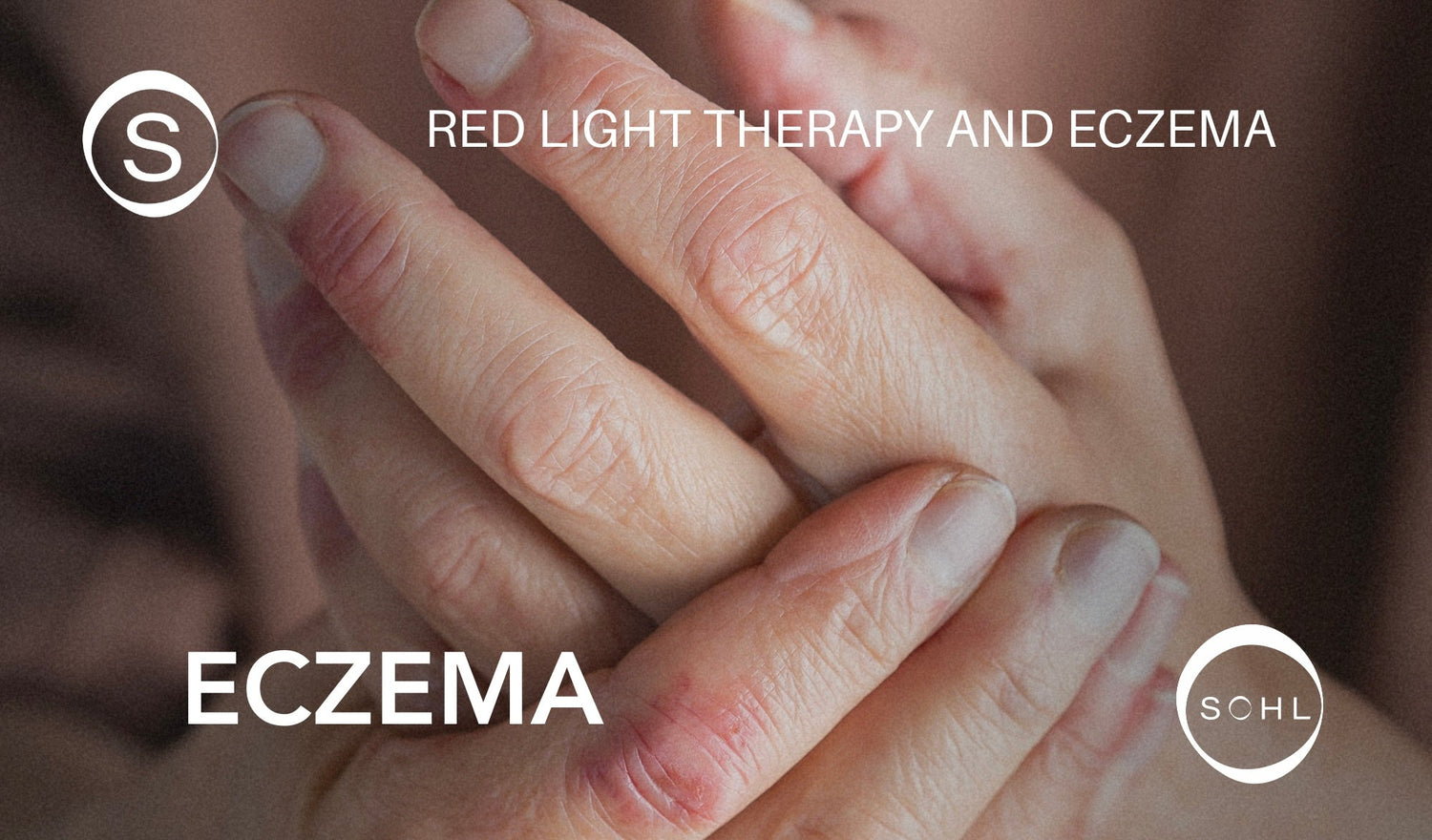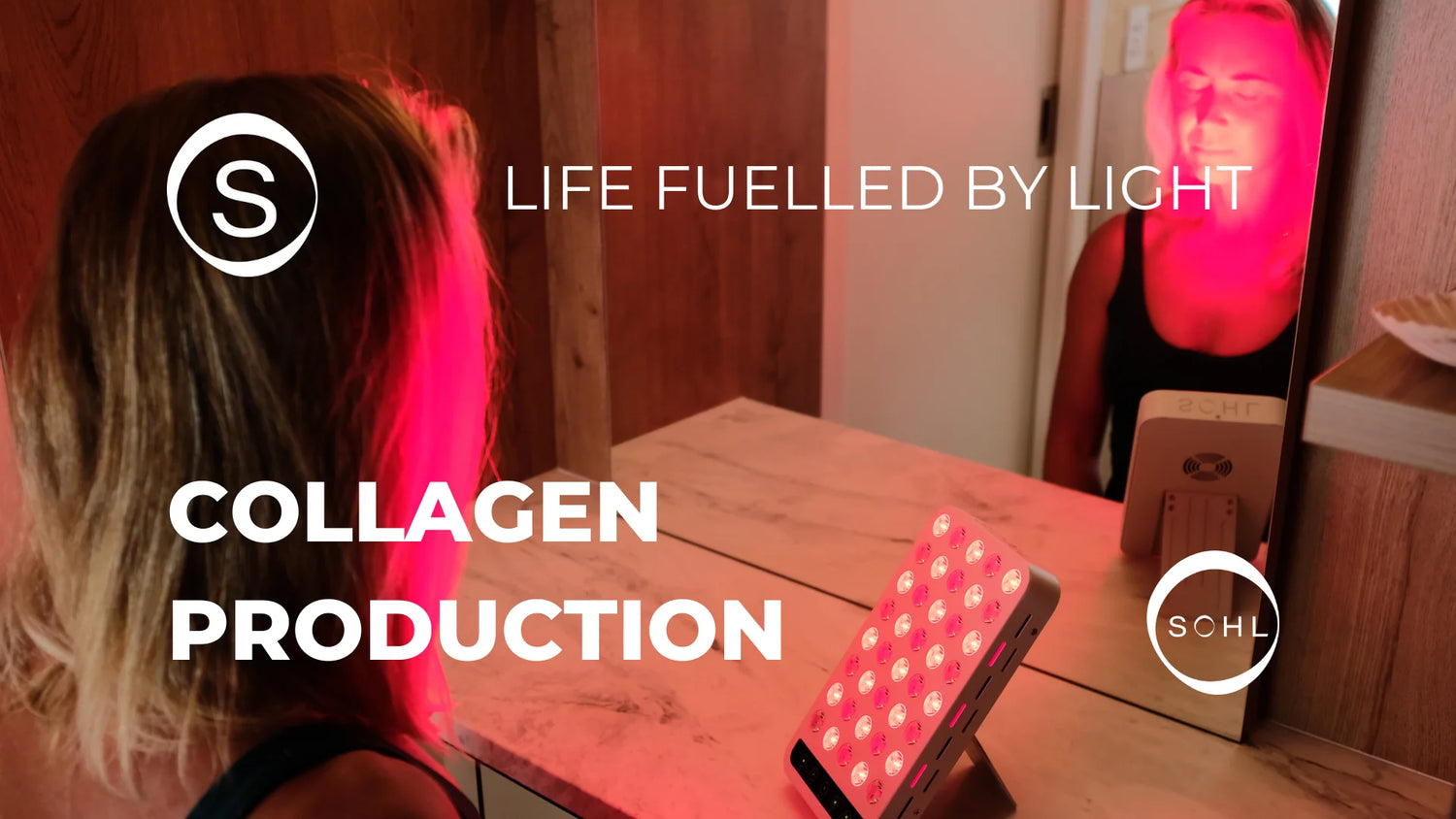Red Light Therapy and Eczema: What the Research Is Exploring
Eczema, also known as atopic dermatitis, affects millions of people worldwide. It’s a condition marked by recurring dryness, redness, and irritation and for many, finding relief means supporting the skin’s natural barrier and reducing discomfort without adding further stress to sensitive skin.
Recently, red light therapy has gained attention as a gentle, light-based approach that may have a role in skin health. But what does the research actually say about red light therapy and eczema?
Understanding Red Light Therapy:
Red light therapy (sometimes called photobiomodulation) uses specific wavelengths of light, typically in the red and near-infrared spectrum, to interact with cells beneath the skin’s surface. It’s already recognised in wellness and aesthetic settings for its potential to assist with skin rejuvenation, circulation, and recovery.
When it comes to eczema, researchers are studying how these wavelengths may influence inflammation, immune activity, and the repair of the skin barrier, all central factors in eczema-prone skin.
What the Research Is Exploring:
Although research is still in progress, several studies have examined how light-based therapies might help support skin affected by inflammation and sensitivity.
Reducing visible redness and irritation:
Preliminary findings suggest red light exposure could help calm visible irritation by influencing inflammatory pathways within the skin.
Supporting the skin barrier:
The skin barrier serves as the body’s outer shield, helping retain moisture and protect against environmental triggers. Some studies indicate that red light may stimulate cellular energy (ATP), which is linked to repair and resilience.
Encouraging balanced skin function:
Researchers are exploring whether red light may help maintain more balanced cell activity, supporting hydration and smoother texture in sensitive areas.
These studies are still early and shouldn’t replace medical advice or prescribed eczema treatments, but they’re contributing to a growing understanding of how light interacts with the skin.
Why People Are Exploring It:
People with eczema or sensitive skin are increasingly interested in complementary options that work alongside traditional care. Red light therapy is appealing because it’s non-invasive, doesn’t use UV rays, and can be integrated into both clinic-based and at-home wellness routines.
However, everyone’s skin responds differently, and what supports one person’s skin may not be suitable for another.
If you’re thinking about trying red light therapy to support your skin:
-
Spend time reading peer-reviewed research to understand how different wavelengths are used.
-
Speak with a qualified skin professional for personalised guidance.
-
Start gradually and pay attention to how your skin reacts over time.
The Bottom Line:
Red light therapy remains an evolving area of skin research. While it’s not a treatment for eczema, studies continue to explore how it may assist in maintaining the skin’s natural balance and repair processes.
To learn more about current findings and emerging science, you can explore the research below.
References to Explore:
-
[National Center for Biotechnology Information (NCBI)](https://www.ncbi.nlm.nih.gov/books/NBK424892/)
-
[Medical News Today – Red Light Therapy for Eczema](https://www.medicalnewstoday.com/articles/red-light-therapy-for-eczema#1)
-
[National Eczema Society – Phototherapy](https://eczema.org/information-and-advice/treatments-for-eczema/phototherapy/)
*This article is for informational purposes only and is not intended to replace medical advice. Always consult a qualified healthcare professional before beginning any new treatment.





